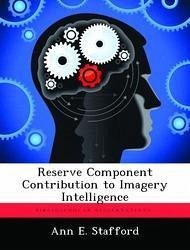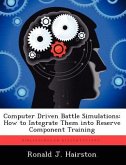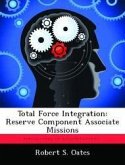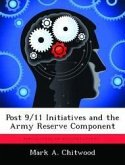In order to determine whether Reserve Component (RC) forces are essential to the task of exploiting imagery intelligence (IMINT) and geospatial information in support of combatant commanders'; operational and strategic intelligence requirements, it is important to examine IMINT within today's geopolitical and technological context. Currently, an identified shortage of imagery analysts (IA) relative to the amount of raw imagery needing exploitation has drawn national-level attention to IMINT. One of six primary intelligence disciplines, IMINT traditionally has accounted for the lion's share of intelligence-derived information since World War II. Largely due to its powerful role as an intelligence discipline, resources directed toward making technological advances in imagery collection capabilities have yielded increases in both volume and quality of imagery data. Because raw imagery has limited value until it has been exploited, the increased volume of raw imagery demands an enhanced ability for combatant commanders and the National Imagery and Mapping Agency (NIMA), the combat support agency responsible for IMINT, to effectively manage imagery exploitation assets in support of combatant commanders'; strategic and operational intelligence requirements. This monograph offers a tool, or model, that the intelligence community may use to determine and implement the most effective operational employment of RC intelligence elements in support of combatant commanders'; strategic and operational intelligence requirements. The model employs concepts from linear programming, which is an asset-optimization tool developed during World War II to satisfy Air Force logistical planning requirements. The model helps categorize imagery exploitation assets and their relative capabilities and most effectively assigns these assets to the task of exploiting vast amounts of available imagery to produce the IMINT, geospatial information and imagery-derived measurement and signatures intell








